Optimal Timing for Waterproofing Projects
Proper timing is essential for effective waterproofing. The optimal periods typically fall during mild weather conditions, avoiding extreme cold or heat. Spring and early fall are generally considered ideal for waterproofing projects due to moderate temperatures and lower humidity levels.
Spring offers favorable weather with moderate temperatures and less rainfall, making it suitable for waterproofing applications.
Fall provides cooler temperatures and reduced humidity, which can enhance the curing process of waterproofing materials.
Extreme cold in winter can hinder the adhesion of waterproofing products, while high summer temperatures may cause rapid drying and cracking.
Regions with unpredictable weather patterns should plan waterproofing during stable weather windows to ensure effectiveness.

Ways to make Waterproofings work in tight or awkward layouts.

Popular materials for Waterproofings and why they hold up over time.
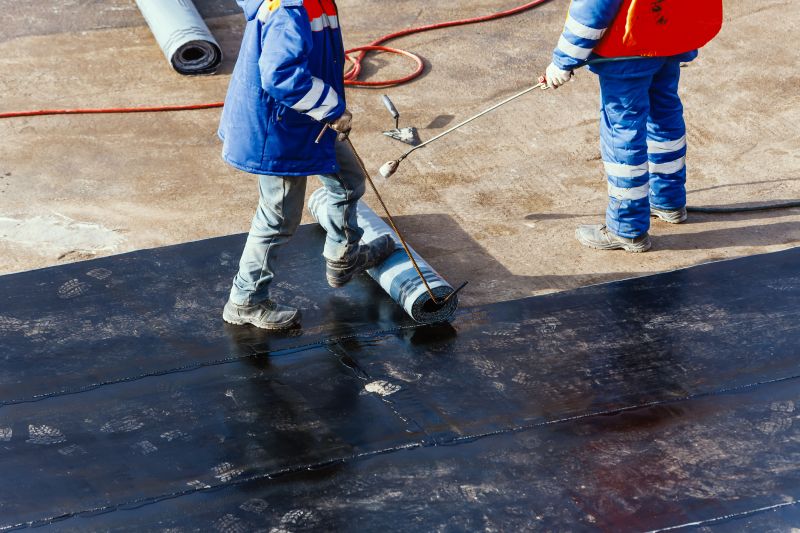
Simple add-ons that improve Waterproofings without blowing the budget.

High-end options that actually feel worth it for Waterproofings.
Waterproofing is a critical process that protects structures from water intrusion, which can lead to structural damage, mold growth, and reduced lifespan of building components. It involves applying specialized materials to surfaces such as foundations, roofs, and walls to create a barrier against moisture. Effective waterproofing not only preserves the integrity of a building but also helps maintain indoor air quality and prevents costly repairs.
Statistics indicate that proper waterproofing can extend the lifespan of a structure by decades and reduce maintenance costs significantly. In regions with frequent rainfall or high humidity, timely waterproofing can prevent up to 90% of water-related damages. Understanding the best timing for waterproofing ensures that the materials bond properly and perform optimally over time.
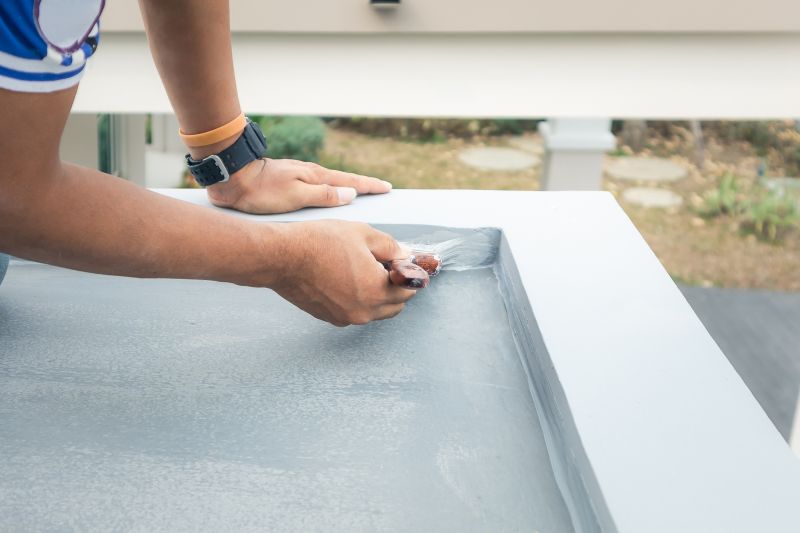
Finishes and colors that play nicely with Waterproofings.
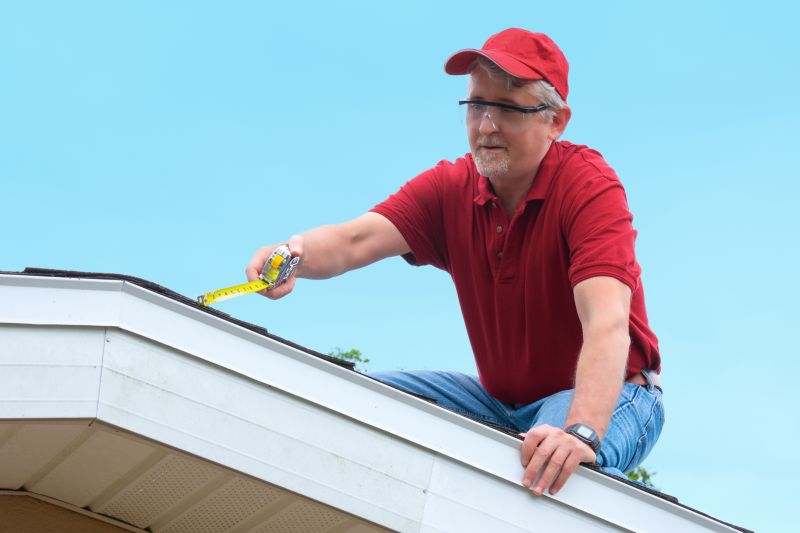
Little measurements that prevent headaches on Waterproofings day.
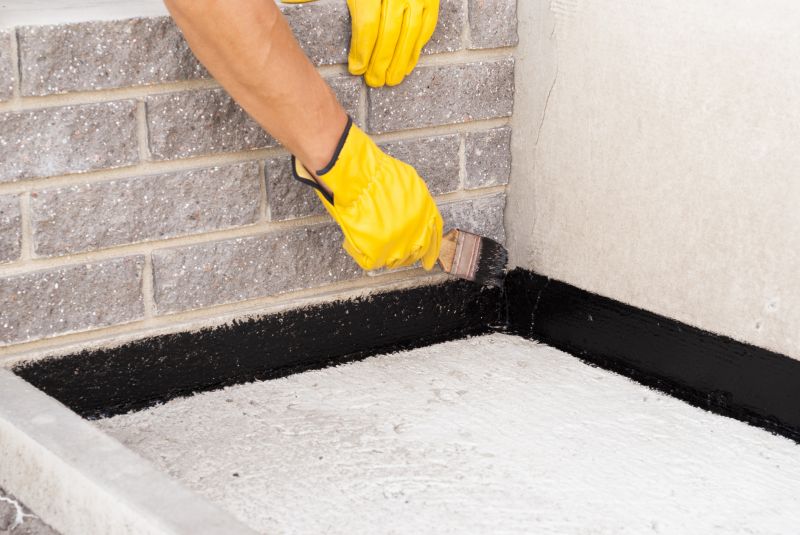
A 60-second routine that keeps Waterproofings looking new.

A frequent mistake in Waterproofings and how to dodge it.
| Season | Ideal Conditions |
|---|---|
| Spring | Moderate temperatures, low humidity, minimal rainfall |
| Fall | Cooler weather, reduced humidity, stable conditions |
| Winter | Cold temperatures, potential for freezing, not recommended |
| Summer | High temperatures, rapid drying, risk of cracking |
Choosing the right time for waterproofing enhances the durability and effectiveness of waterproofing systems. Properly timed applications ensure materials cure correctly and adhere firmly to surfaces. Consulting with waterproofing professionals can help identify the most suitable window based on local climate conditions and specific project requirements.

Small tweaks to make Waterproofings safer and easier to use.
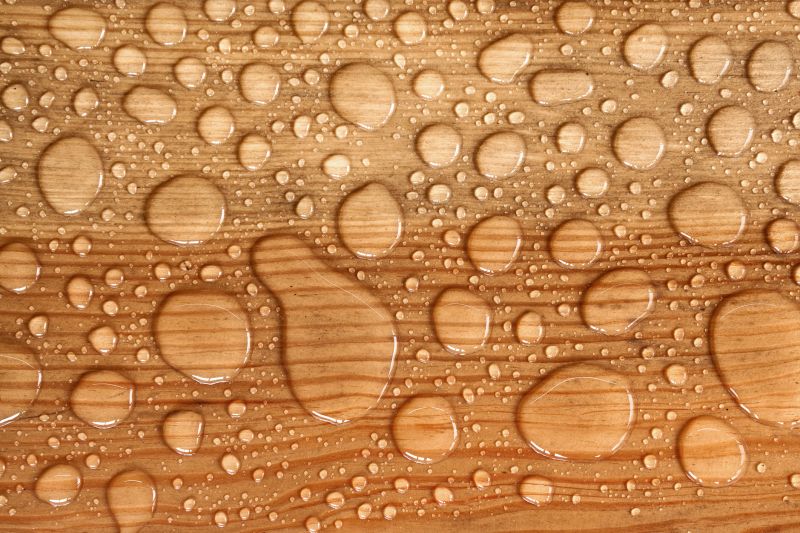
Lower-waste or water-saving choices for Waterproofings.

The short, realistic tool list for quality Waterproofings.
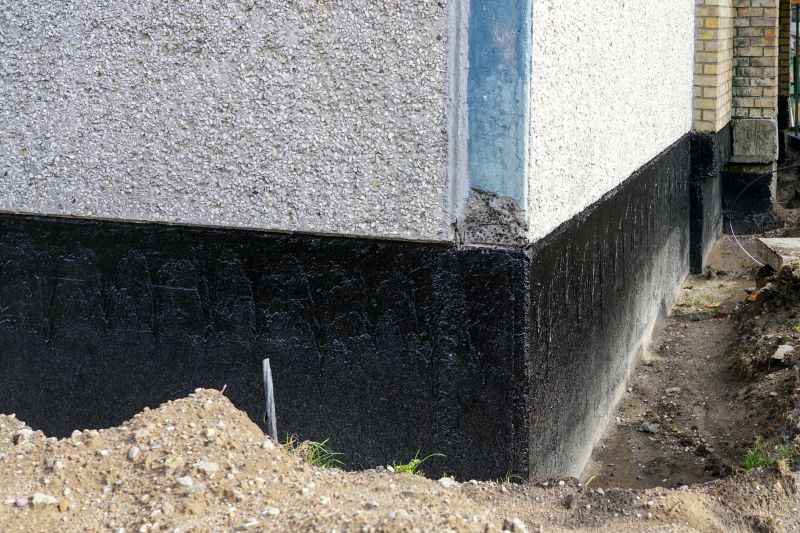
Rough timing from prep to clean-up for Waterproofings.
For those interested in waterproofing services, filling out the contact form provides an opportunity to receive expert guidance tailored to specific building needs. Proper timing and application techniques can significantly enhance the longevity and performance of waterproofing systems.

